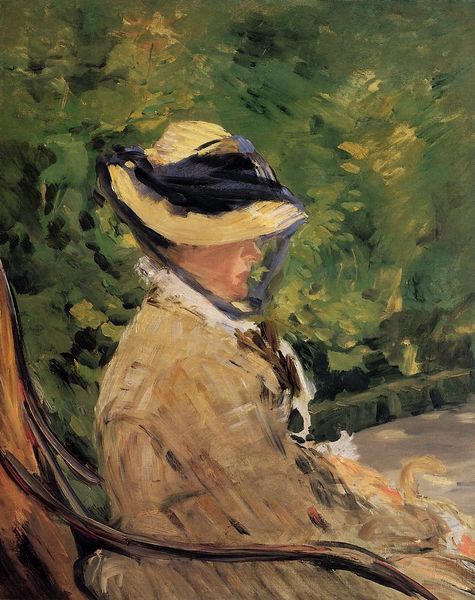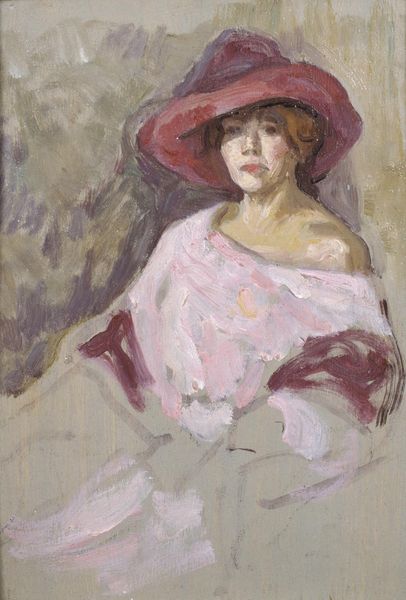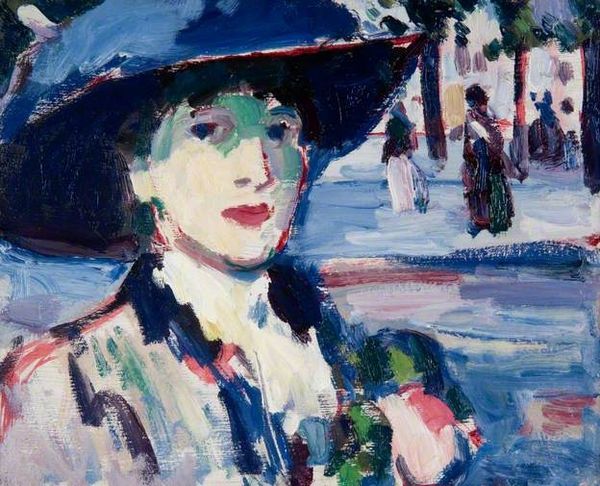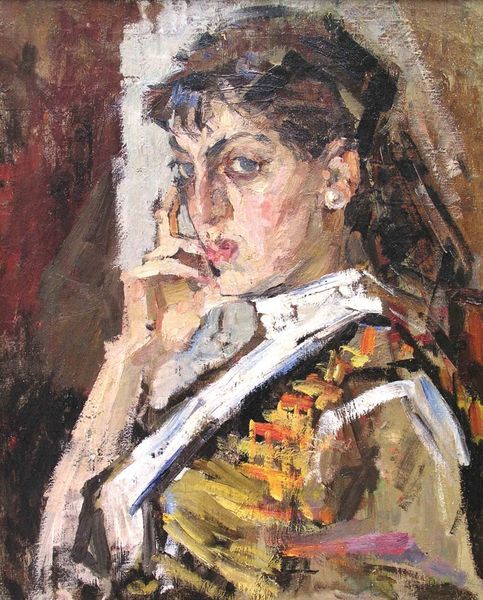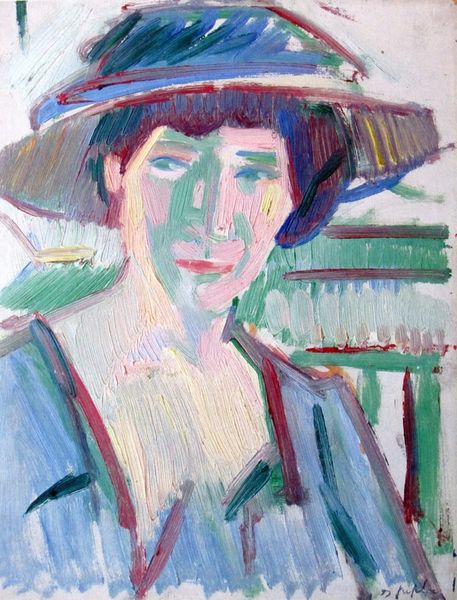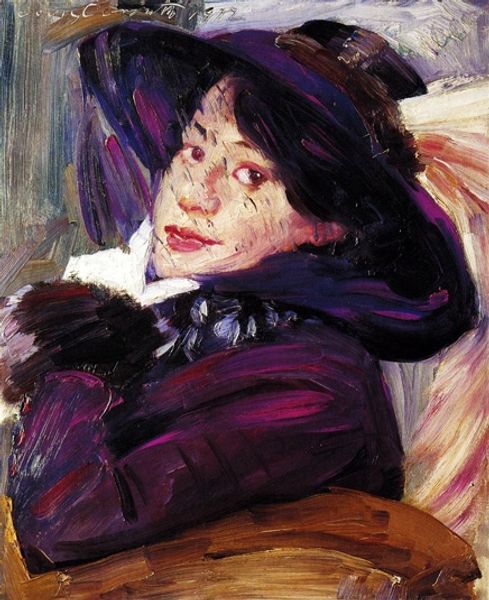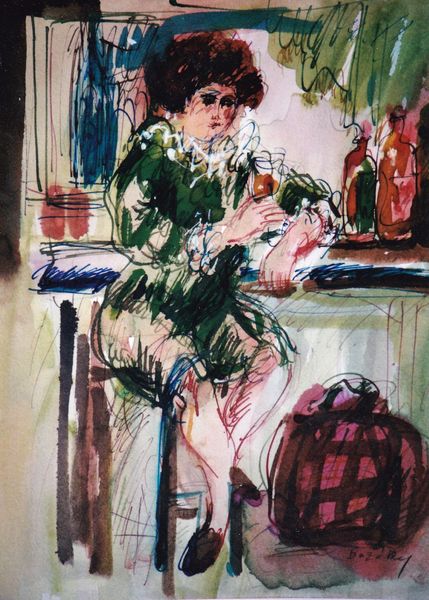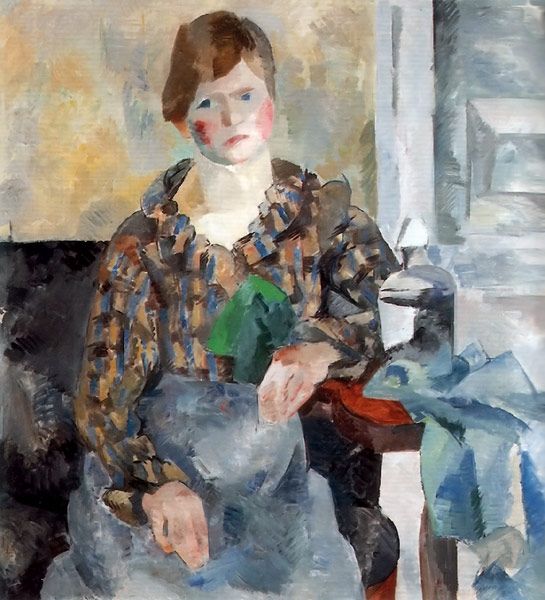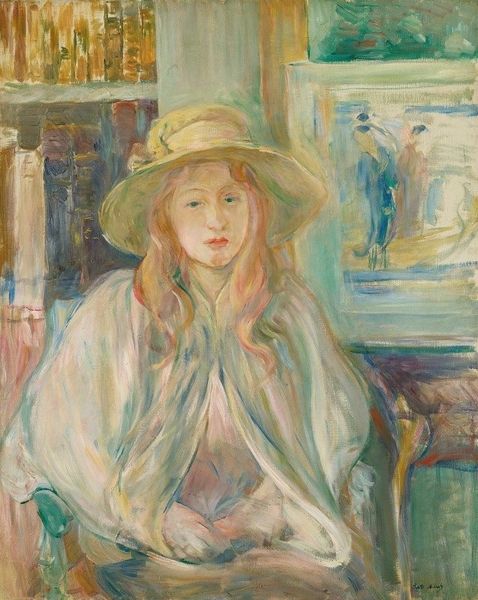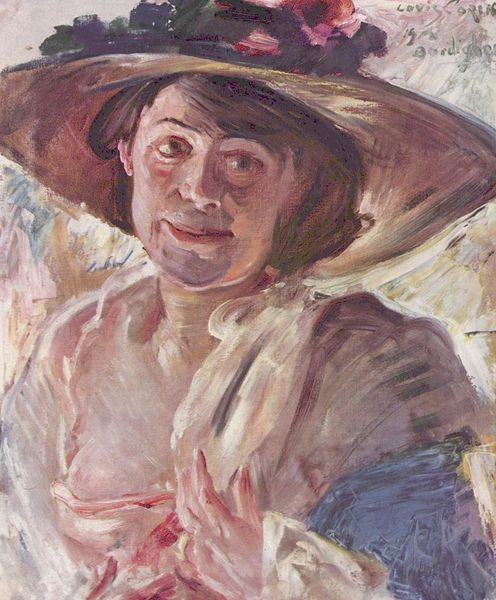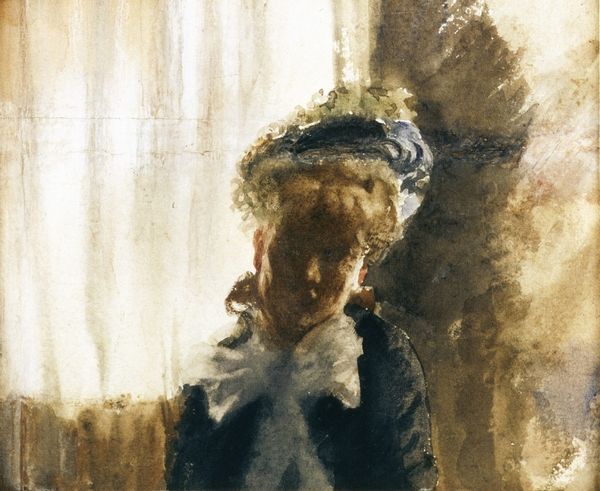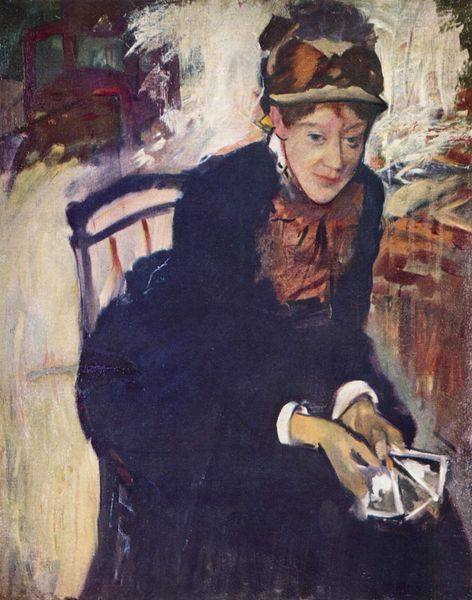
painting, oil-paint, impasto
#
fauvism
#
fauvism
#
painting
#
oil-paint
#
figuration
#
oil painting
#
impasto
#
expressionism
#
expressionist
Copyright: Public domain
Editor: So this is Samuel Peploe's "The Yellow Dress," painted around 1910 using oil paint. It’s quite vibrant; the colours almost vibrate against each other, creating this energetic yet somewhat unsettling feeling. What catches your eye in this piece? Curator: The enduring allure of the 'Yellow Dress' lies in its Fauvist embrace of colour as a psychological language. The yellow, a complex symbol of optimism and danger, smothers the canvas and reflects the sitter's psyche. Notice how the strokes themselves aren't simply representational, they embody feeling. Editor: Feeling? How so? Curator: Observe the impasto technique, where the paint is laid on thickly. This gives a three-dimensionality to the image and brings heightened drama. The sitter is physically present, yet her gaze drifts beyond the canvas. In the cultural memory of the early 20th century, yellow, while fashionable, also carried undertones of societal transgression, didn't it? Does that contribute to your feeling of unrest? Editor: I hadn't thought of that. I was mainly focused on the way the yellow clashes with the dark blues and browns in the background, but that deeper symbolism definitely adds another layer. Curator: Precisely! It's not just what's depicted but what resonates. The hat, the dress – signifiers of status and modernity. Peploe gives these symbols psychological depth and a uniquely expressive power. Editor: I see it now - all those individual brushstrokes contributing to a cohesive symbol that's as visually interesting as it is culturally loaded! Thanks! Curator: Indeed. The echoes of cultural symbols are what make works like these continue to fascinate.
Comments
No comments
Be the first to comment and join the conversation on the ultimate creative platform.
